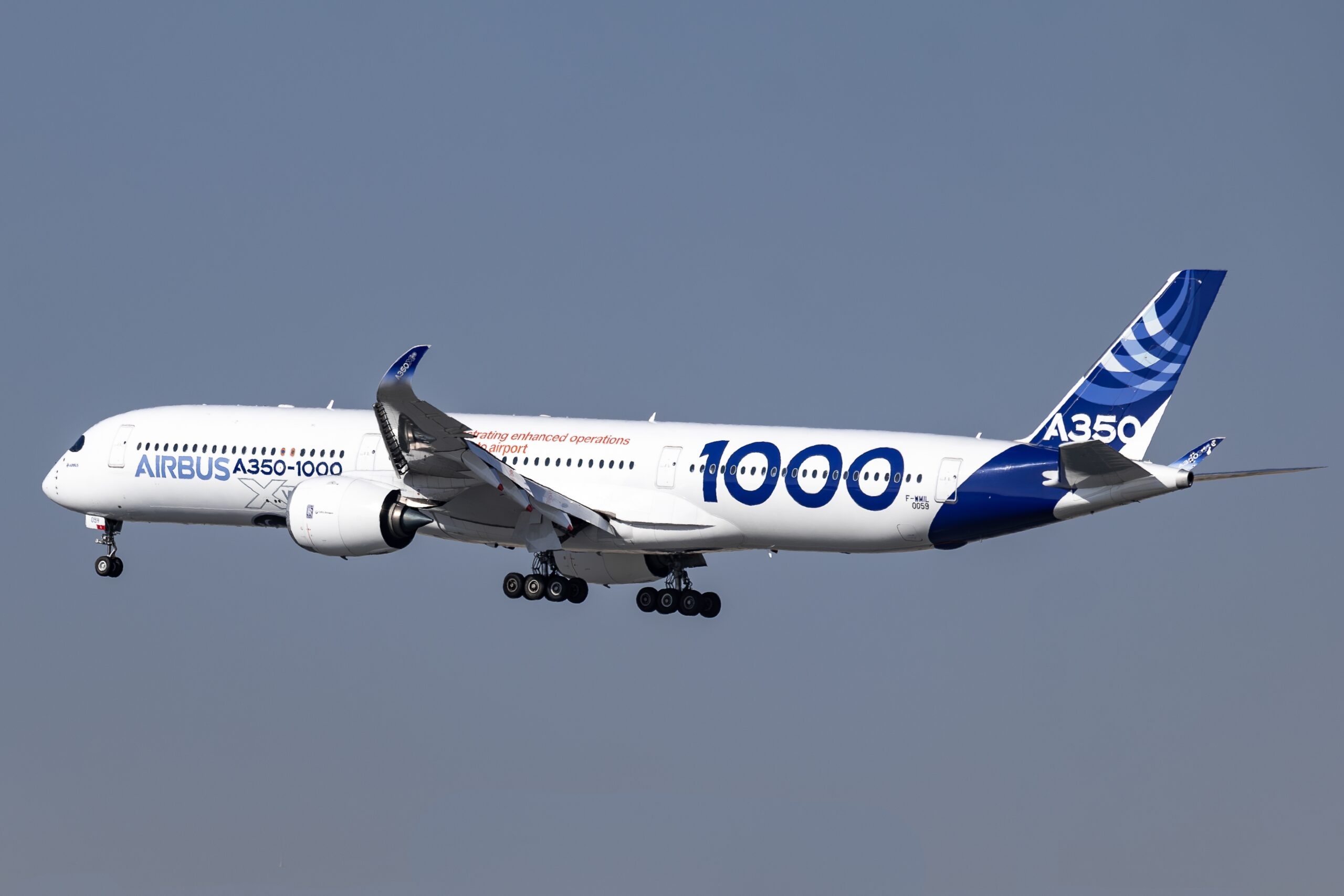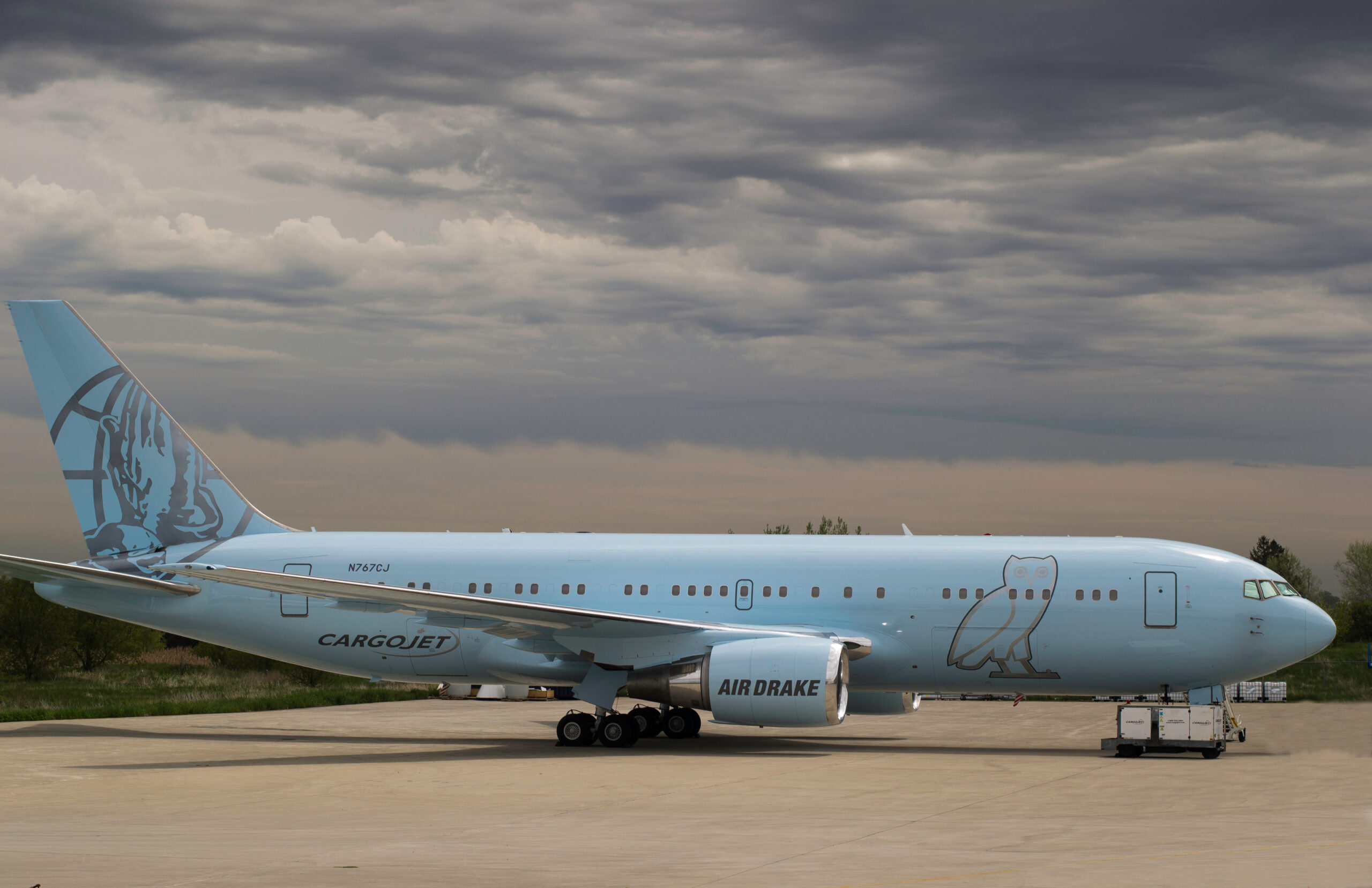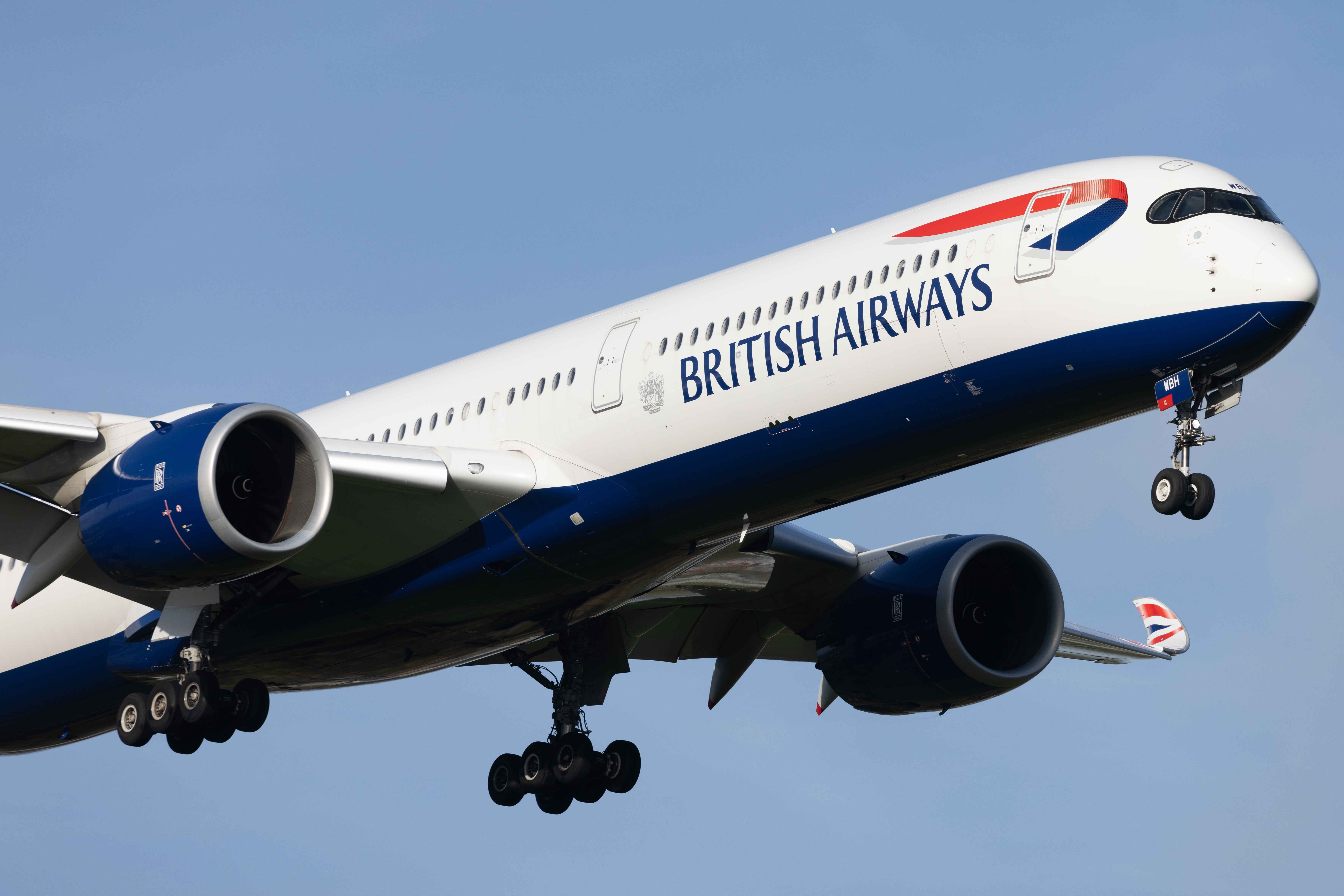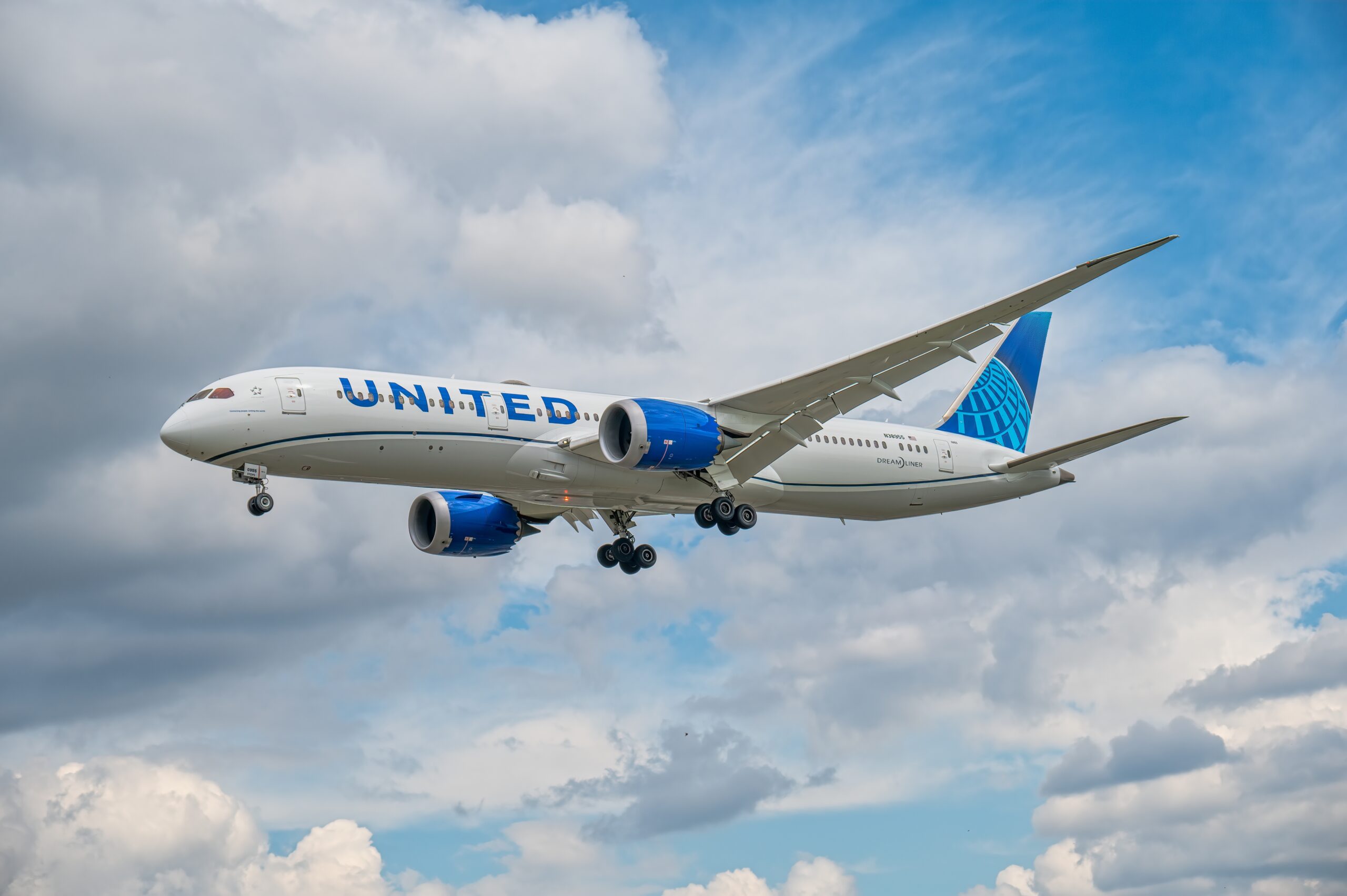The Tu-160M: The Evolution of Aviation Power
The Tu-160M, often referred to as the Blackjack, represents the zenith of Russian aviation technology. Rooted in Cold War dynamics, its development reflects a commitment to powerful aerial deterrence. Recognized as the world’s largest, heaviest, and fastest supersonic bomber, the Tu-160 series marks a significant chapter in military aviation history.
Historical Context and Development
The original Tu-160 bomber emerged during the 1970s, a time characterized by fierce competition between the United States and the Soviet Union. Designed as a response to the American B-1 Lancer, its creation involved extensive research and development. The goal was to produce an advanced strategic bomber capable of outmaneuvering rivals while delivering formidable payloads.
The collapse of the Soviet Union halted many military projects, but the Tu-160 program survived. It demonstrated the distinctive Soviet preference for large, powerful aircraft capable of striking with precision over vast distances. The aircraft’s development was accelerated by geopolitical considerations, with Russian leadership keen on maintaining a potent strategic force.
Technical Specifications and Capabilities
The Tu-160M model boasts several enhancements over its predecessors. These upgrades include advanced avionics, extended service life, and increased combat capabilities. Featuring a variable-sweep wing design, the bomber can adapt its wing configuration for optimal aerodynamic performance, enabling both supersonic and subsonic flight.
This aircraft measures approximately 54.1 meters in length with a wingspan of up to 55.7 meters when fully extended. Its maximum takeoff weight reaches an impressive 275,000 kilograms. Powered by four NK-32 engines, the Tu-160M can achieve speeds of Mach 2.05, making it one of the fastest bombers in operation.
The bomber’s operational range is another standout feature. With a combat radius of over 7,300 kilometers without refueling, it can reach distant targets with ease. The estimated maximum range is 12,300 kilometers, achievable by employing aerial refueling techniques. This range provides strategic flexibility, allowing for missions that bypass traditional airspace routes when needed.
Payload and Armament
The Tu-160M can carry a maximum payload of around 40,000 kilograms. This payload capacity includes a mix of free-fall bombs and nuclear-tipped cruise missiles. The aircraft is equipped with two internal rotary launchers that can accommodate different types of munitions tailored for specific missions. Its armament versatility is crucial for fulfilling various strategic objectives.
Strategically, the bomber is capable of wielding Kh-101/102 cruise missiles. These missiles boast significant range and precision, serving as critical components of Russia’s strategic arsenal. The Tu-160M’s armament configuration emphasizes its role as a key deterrent in maintaining geopolitical stability.
Modernization Programs and Enhancements
The Tu-160M has undergone various modernization programs over the years, responding to evolving technological landscapes and shifting military needs. These upgrades focus on avionics, electronic warfare systems, and navigation technology. Enhanced radar systems and updated communication suites form the backbone of the modernization strategy, significantly improving situational awareness and threat response.
The latest iterations of the Tu-160M include next-generation NK-32-02 engines. These engines offer improved fuel efficiency and thrust performance compared to their predecessors. Additional enhancements include digital cockpit displays, advanced flight control systems, and modernized targeting equipment. Collectively, these updates transform the Tu-160M into a more integrated and responsive combat platform.
Strategic Role and Operational Importance
The Tu-160M serves as a cornerstone of Russia’s aerial strategic deterrence capability. As a long-range bomber, it projects power without the need for overseas bases, operating from domestic airfields instead. This long-distance reach positions it effectively against potential global adversaries, asserting Russia’s ability to respond swiftly to any strategic threat.
Its supersonic speed and stealth features grant it a strategic advantage, increasing its survivability in hostile environments. The variable-geometry wings provide operational flexibility, optimizing its performance across diverse mission profiles. The Tu-160M’s strategic significance extends beyond its immense power; it acts as a symbol of national prowess and technological advancement.
Challenges and Prospects
Maintaining an aging fleet presents unique challenges. Production costs, logistical considerations, and technological obsolescence are major factors. Despite these hurdles, the continuous modernization of the Tu-160M indicates Russia’s commitment to its long-term strategic ambitions.
Present and future developments suggest adaptations to evolving defense strategies. Potential upgrades could include integration of advanced weaponry and autonomous capabilities, reflecting broader trends in military aviation. As nations invest in strategic bombers, the Tu-160M is well-positioned to compete by staying current with emerging technologies.
In the realm of global military aviation, the Tu-160M stands as a testament to enduring aerospace excellence. Its evolution, from the original Tu-160 to its modernized form, encapsulates decades of advancements, providing key insights into the strategic vision and capabilities of its operators.






